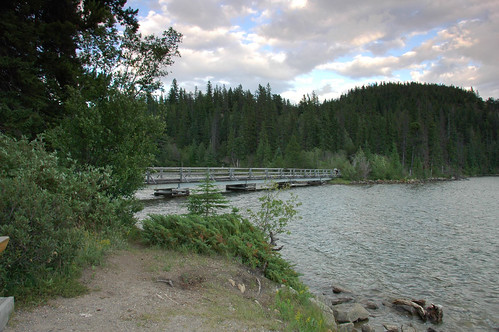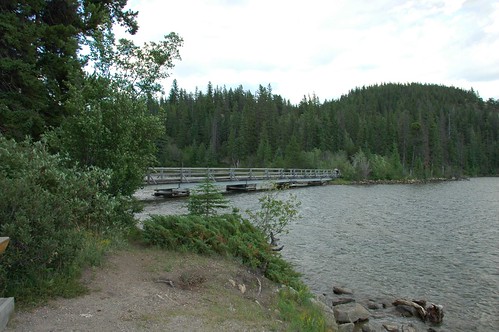There are a number of photography situations where the digital technology cannot really help you. High contrast is one of these examples. If you take landscape shots in the summer, you will probably have experienced the following: the bright sky is so bright is gets blown out (white on the picture) while the landscape itself (the darker area) is underexposed. No way you can get the sky exposed correctly and the rest not completely dark so that you cannot recover enough details even with the proper post-processing. The solution is an ND GRAD filter. GRAD means graduated, a filter with the top part being an ND filter (neutral density, ND8 means reducing the light by 3 stops) and the bottom part becoming "gradually" transparent. If you put that kind of filter in a filter holder, like in the Cokin P-system (an excellent commercially available filter system), you can move the filter up or down to determine which part you will exactly darken.
Here is an example of the result. Don't look at the picture from a contents point of view. This is just a technical test to show how to recover an otherwise blown out sky with an ND8 GRAD filter.
With the filter:

Without the filter:
